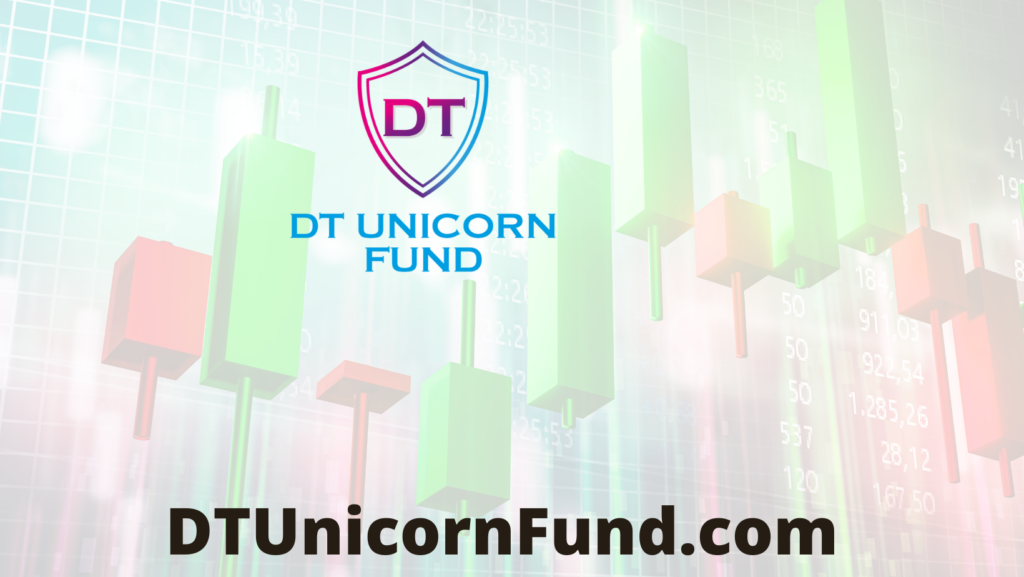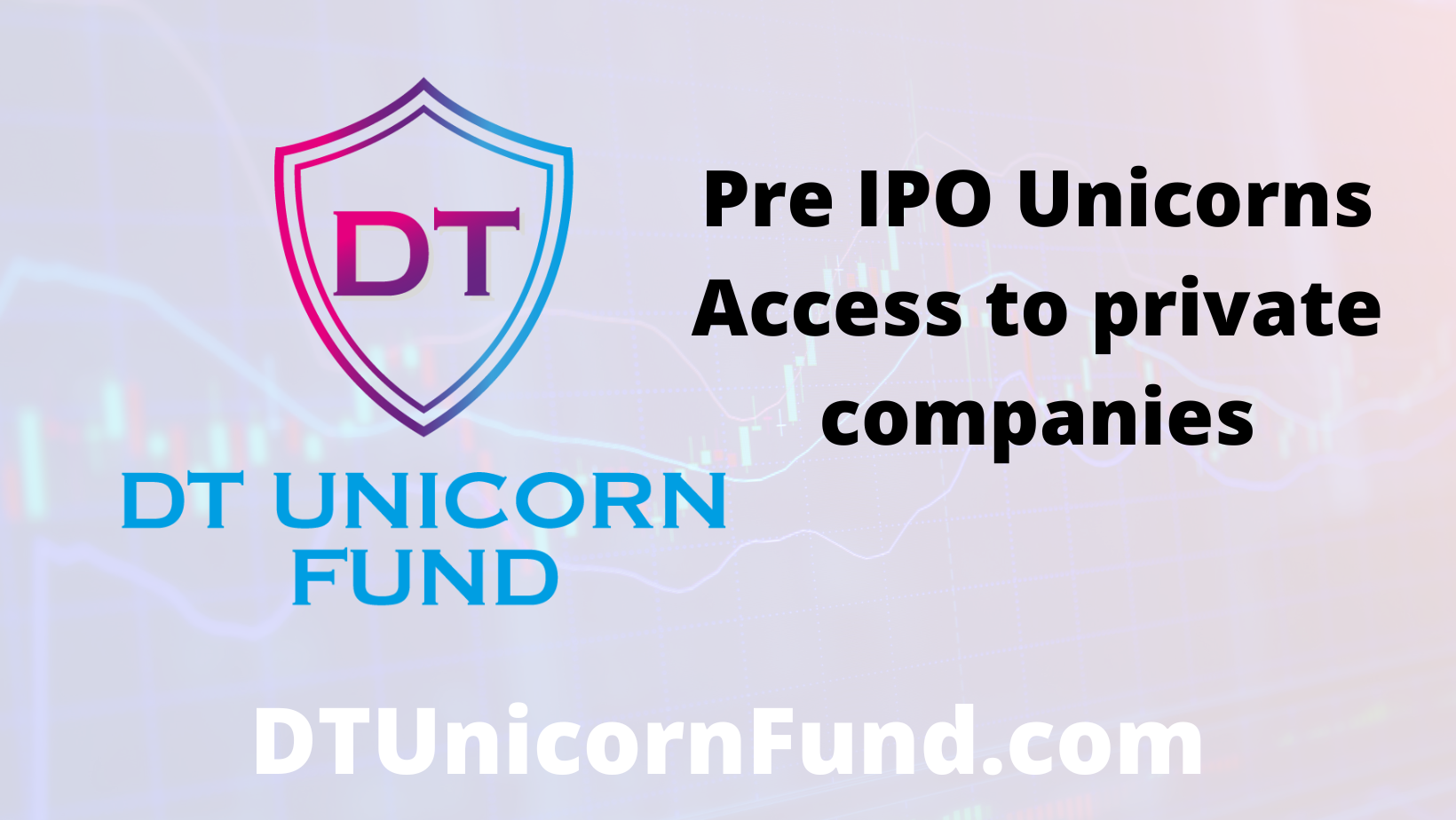LPs seek refuge in secondaries market
By Jessica HamlinNovember 10, 2022
from Pitchbook

Share:
Amid a period of weakened performance in the first quarter of the year, secondaries funds proved the most resilient of private capital fund strategies. But the full effects of 2022’s macroeconomic environment on private market returns aren’t yet apparent.
Secondaries funds fell slightly in the first quarter compared to the last three months of 2021, but they still outperformed overall private capital returns by 15.1%, according to PitchBook’s 2022 Global Fund Performance Report.
While complete Q2 2022 returns for the private capital fund universe aren’t yet available, preliminary data shows that, as of March 31, secondaries had an average rolling one-year IRR of 42.1%, the highest of all private capital strategies.
https://e.infogram.com/1a30f0a5-52c7-4c2c-aaa4-a079b1882218?parent_url=https%3A%2F%2Fpitchbook.com%2Fnews%2Farticles%2Fsecondaries-denominator-effect-lps-private-equity&src=embed#async_embed
Secondaries’ resilience through Q1 2022 is a product of limited partners’ need for liquidity in the challenging market environment. In recent months, investors grappled with the denominator effect as public equity investments decreased drastically in value, which dragged down the overall value of institutional portfolios. That upped the value percentage of higher-performing investments—namely private market allocations—in those portfolios.
This denominator effect created a need for liquidity: LPs who found themselves over-allocated to the private markets needed to offload some of those assets. One vehicle for this is a secondaries fund, which provides liquidity to a seller by transferring assets from one fund to another on the secondary market.
Both LP- and GP-led transactions contributed to secondaries’ high IRR compared to other private capital strategies. In this volatile market environment, all sides of the secondary transaction are looking for liquidity. On the sponsor (or GP) side, fund managers are looking to get distributions out to their LPs so their investors will have the funds to participate in future deals, according to Robert Emerson, a partner at Goodwin Procter in the firm’s private equity and private investment funds practices.
“One way to do that is through the continuation vehicles,” Emerson said. “There are a flood of deals being pushed that way.”
At the same time, the LP community is looking to have more cash on hand. With fewer fund distributions, LPs—such as public pension plans and university endowments and foundations—need to ensure that they can keep up with their targeted allocations, especially if there’s a market dip.
In addition to providing liquidity, secondary transactions are attractive to investors for their “J-curve mitigation” effect. Theoretically, secondary transactions “mitigate” the J-curve effect for the buyer (the LP who purchases the portfolio company from the seller—another LP) by allowing them to bypass the initial period of losses. In short, in a secondary transaction, the buyer gets a more mature asset.
Read more: 2022 Global Fund Performance Report

No responses yet